The Emergence of Dynamic NFTs and Programmable Digital Assets

- Dynamic NFTs are non-fungible tokens (NFTs) that can be programmed to alter over time or in response to certain circumstances.
- Dynamic NFTs are an exciting development in the world of blockchain technology and digital assets offering a new level of functionality and interactivity.
Dynamic NFTs are non-fungible tokens (NFTs) that can be programmed to alter over time or in response to certain circumstances. Smart contracts, which are self-executing contracts containing the conditions of the agreement between the buyer and seller, are frequently used to build these NFTs.
One popular use case for dynamic NFTs is in the gaming industry. Game developers can use dynamic NFTs to create unique in-game items that change over time or respond to certain events. For example, a sword in a game could become more powerful after a player completes a certain quest, or a pet in a game could evolve into a different creature after reaching a certain level.
The Use Cases of Dynamic NFTs
Another use case for dynamic NFTs is in the world of sports. Dynamic NFTs can be used to represent Digital items and art have seen a surge in popularity thanks to non-fungible tokens (NFTs). A thriving market for NFTs has resulted from the ability of these distinctive digital assets to allow creators and collectors to confirm ownership and authenticity of their digital goods. Dynamic NFTs have only recently begun to appear, elevating this technology to a new level.
NFTs that are programmable or dynamically change over time or that are subject to smart contracts are also referred to as programmable NFTs. In other words, they can be programmed to carry out specific behaviors or acts in accordance with predetermined regulations. This expands the use cases for NFTs outside of merely digital art and collectibles.
Furthermore, dynamic NFTs can be used to represent athletes and their achievements in a way that is more engaging and interactive for fans. For example, an athlete’s NFT could change in real-time based on their performance in a game, or fans could use their NFTs to participate in exclusive fan experiences or meet-and-greets with the athlete.
Dynamic NFTs can also be used to create unique digital identities for individuals or businesses. For example, a musician could create a dynamic NFT that changes over time to represent different albums or performances, or a brand could create a dynamic NFT to represent different product lines or marketing campaigns.
Related: Phygital NFTs: Understanding the Intersection of Physical and Digital Worlds
Examples of Dynamic NFTs
One notable example of a dynamic NFT is the “Autoglyphs” project by artist Tyler Hobbs. Each Autoglyph NFT is a unique generative art piece that can be used as a digital signature or identity. However, the real innovation lies in the fact that each Autoglyph NFT is also a programmable contract that can be used to create new NFTs or interact with other smart contracts on the blockchain.
Final Thoughts
In conclusion, dynamic NFTs are an exciting development in the world of blockchain technology and digital assets. They offer a new level of interactivity and functionality that was previously not possible with traditional NFTs. As the technology continues to evolve, we can expect to see even more innovative use cases and examples of dynamic NFTs in the future.
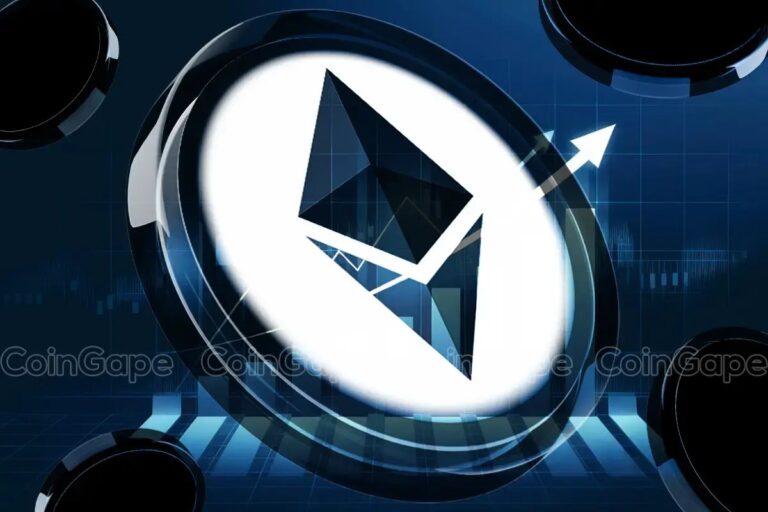
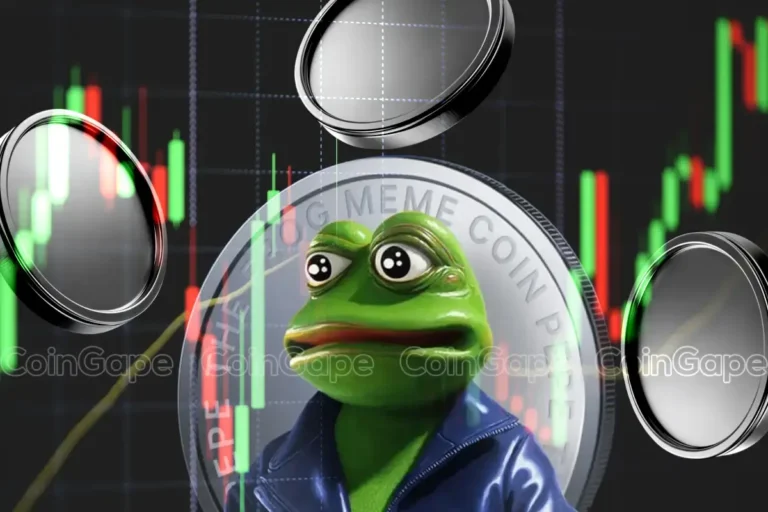
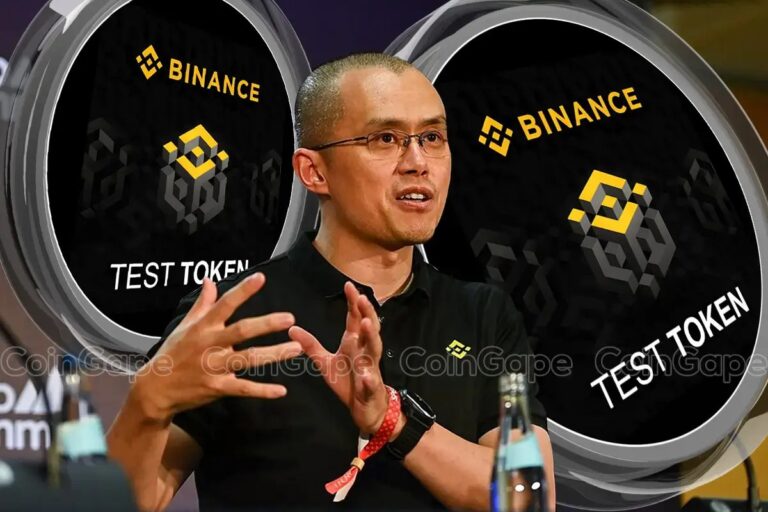
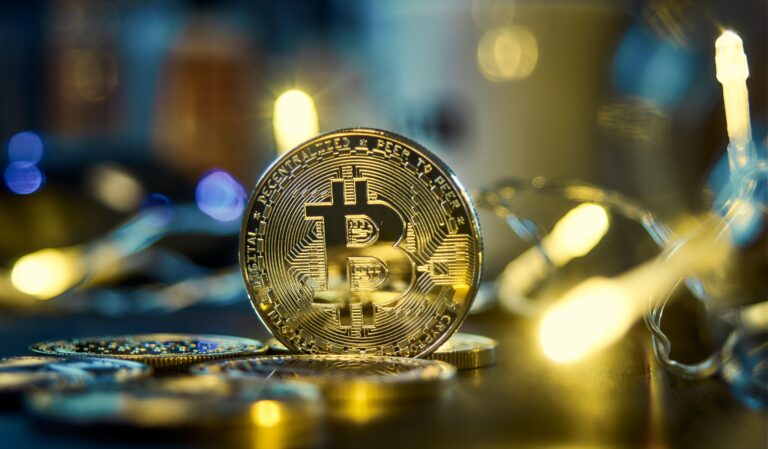


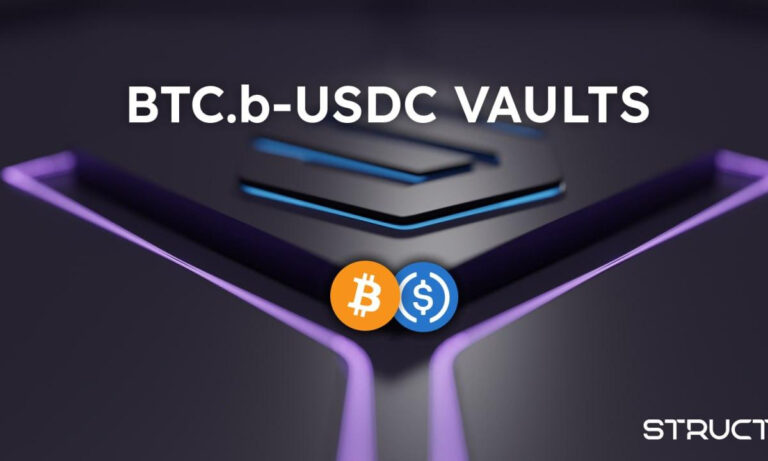

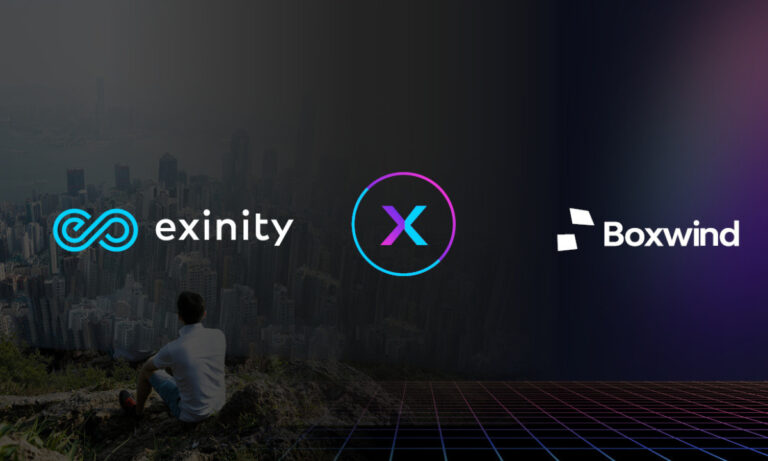



+ There are no comments
Add yours